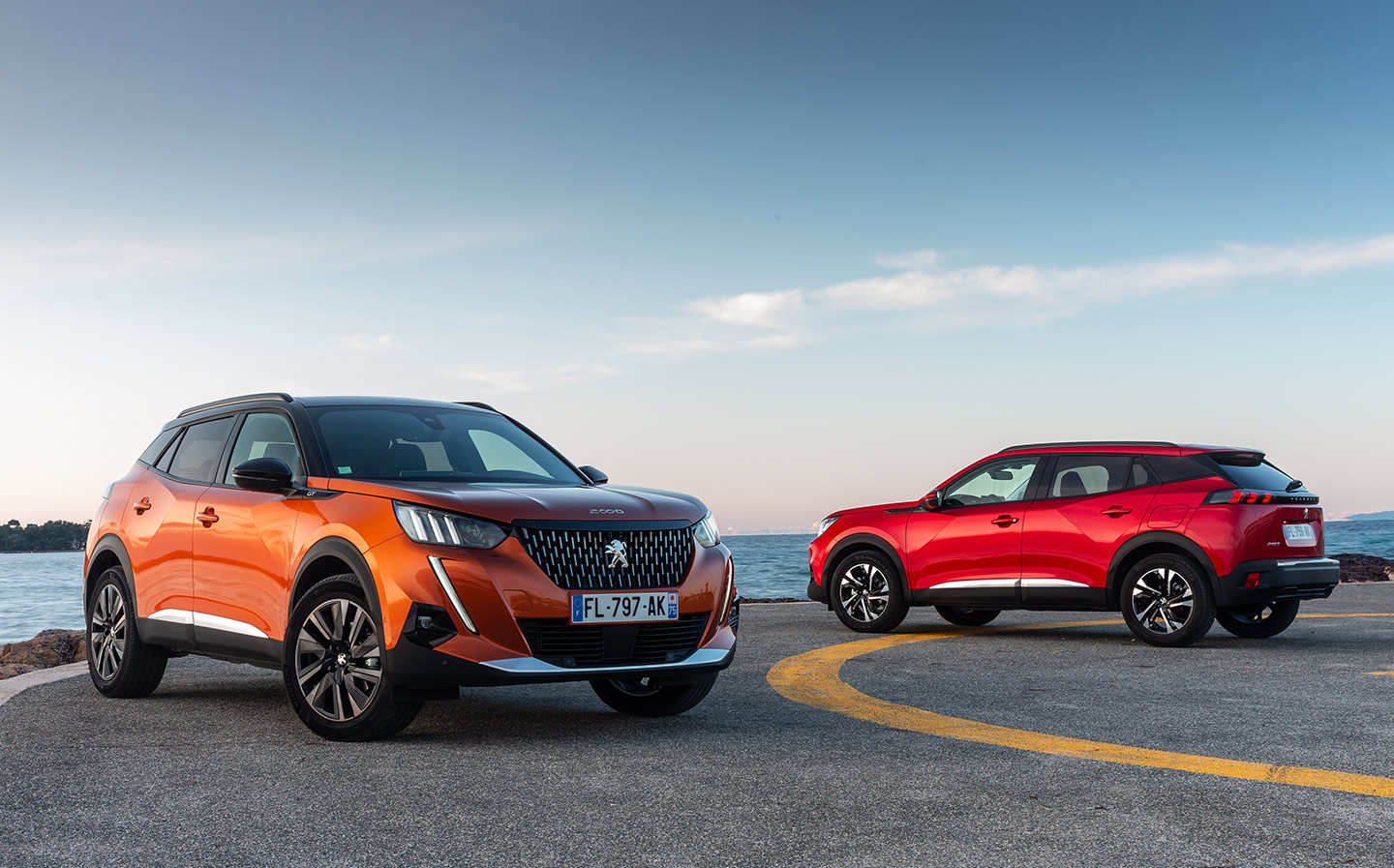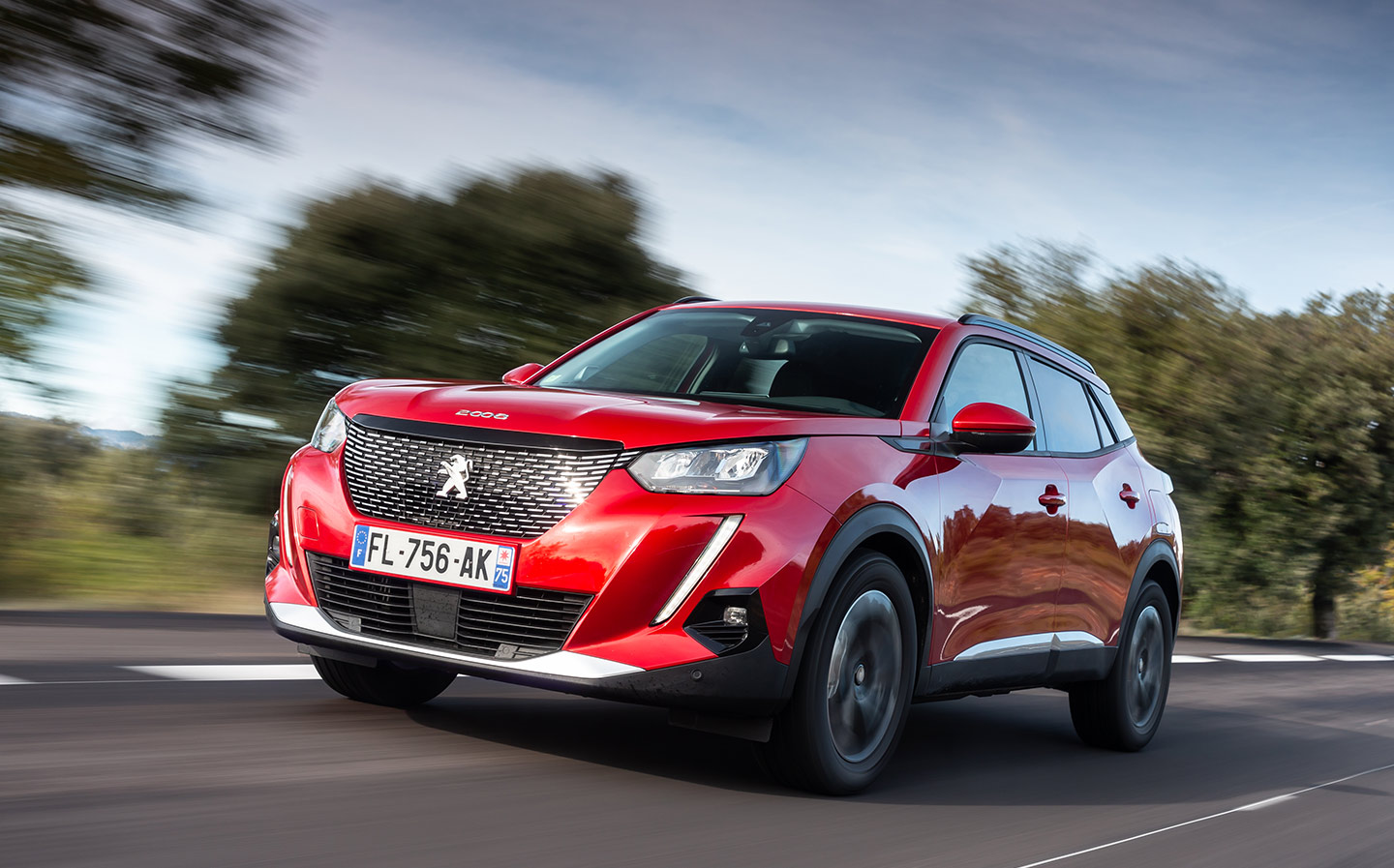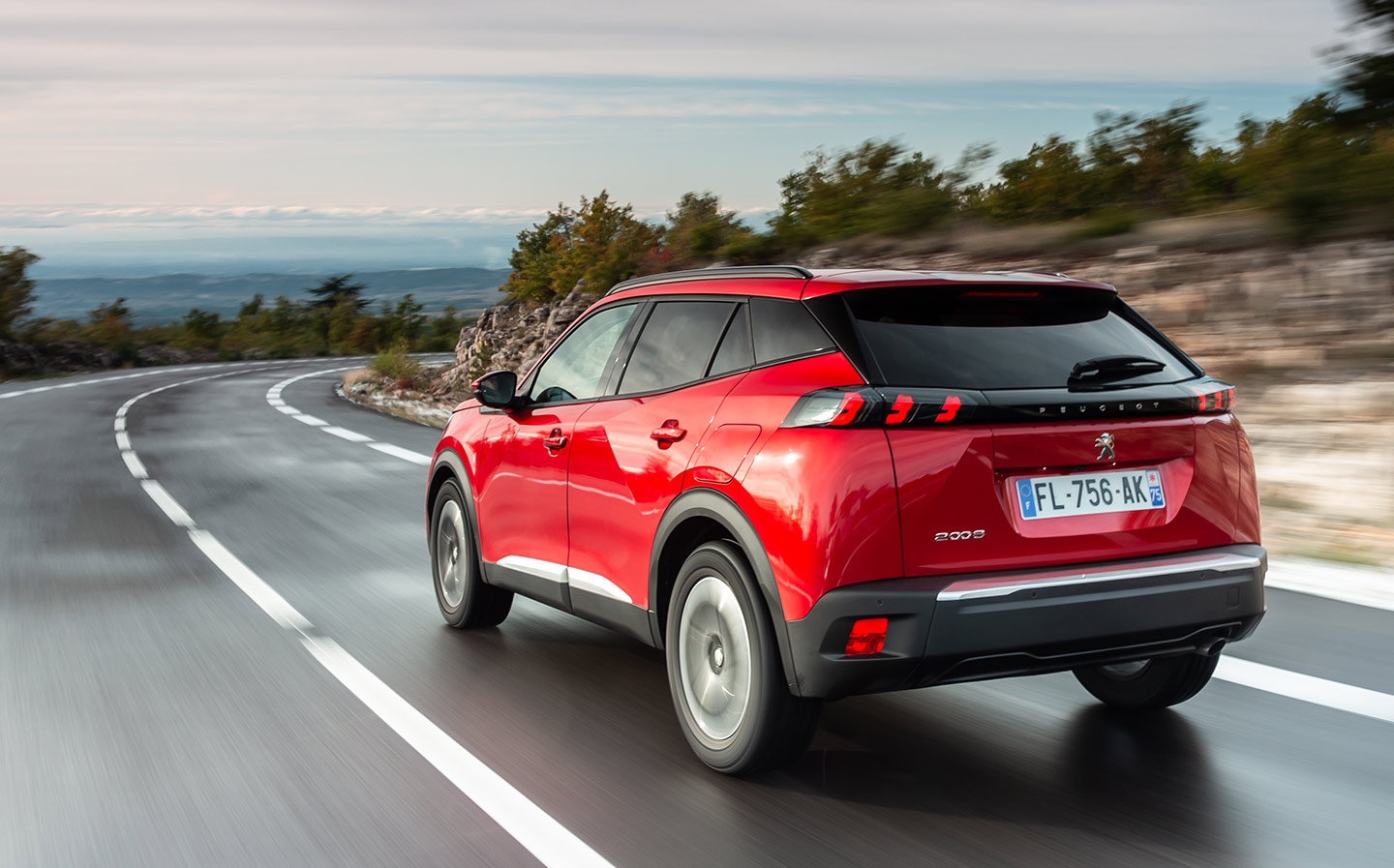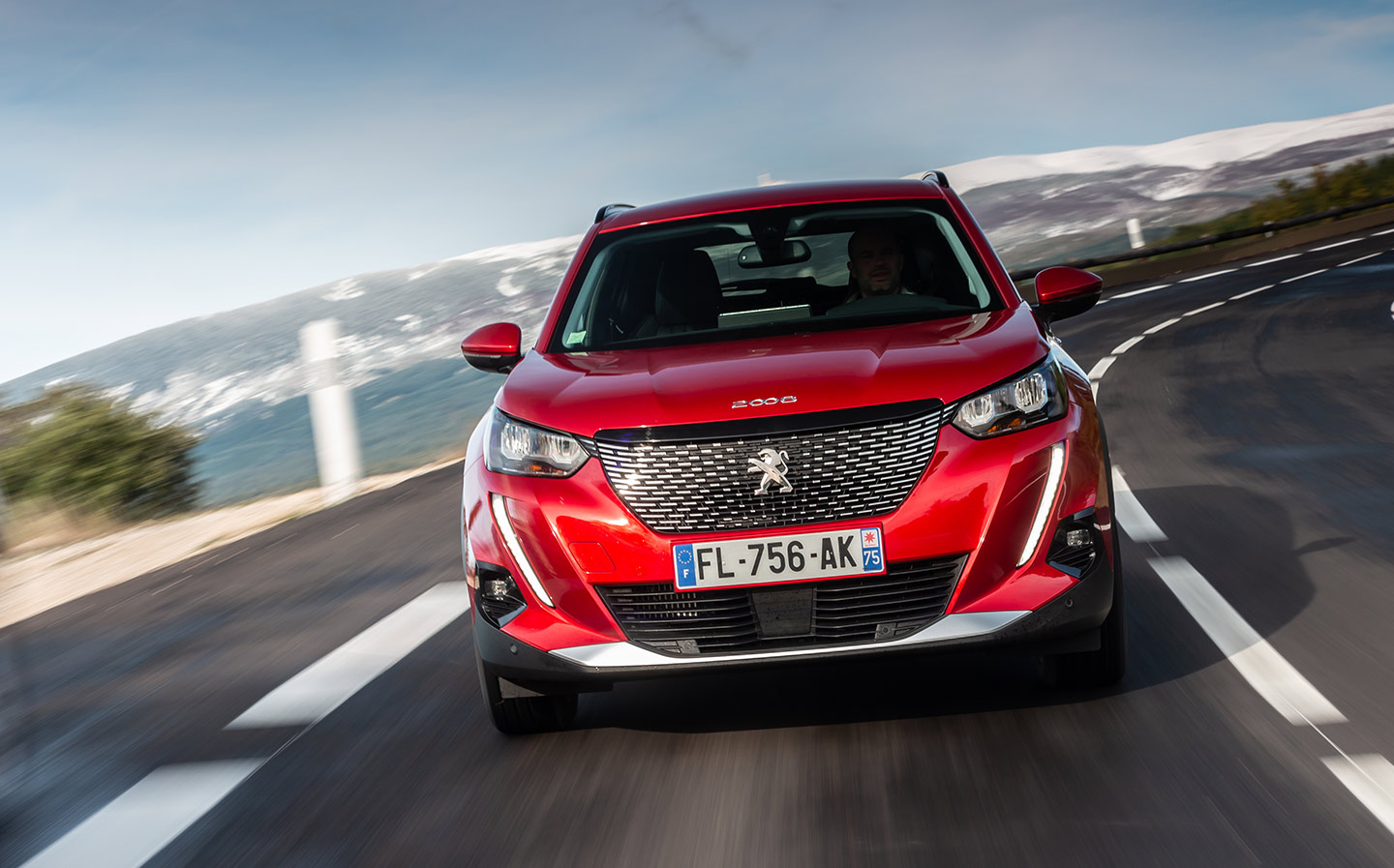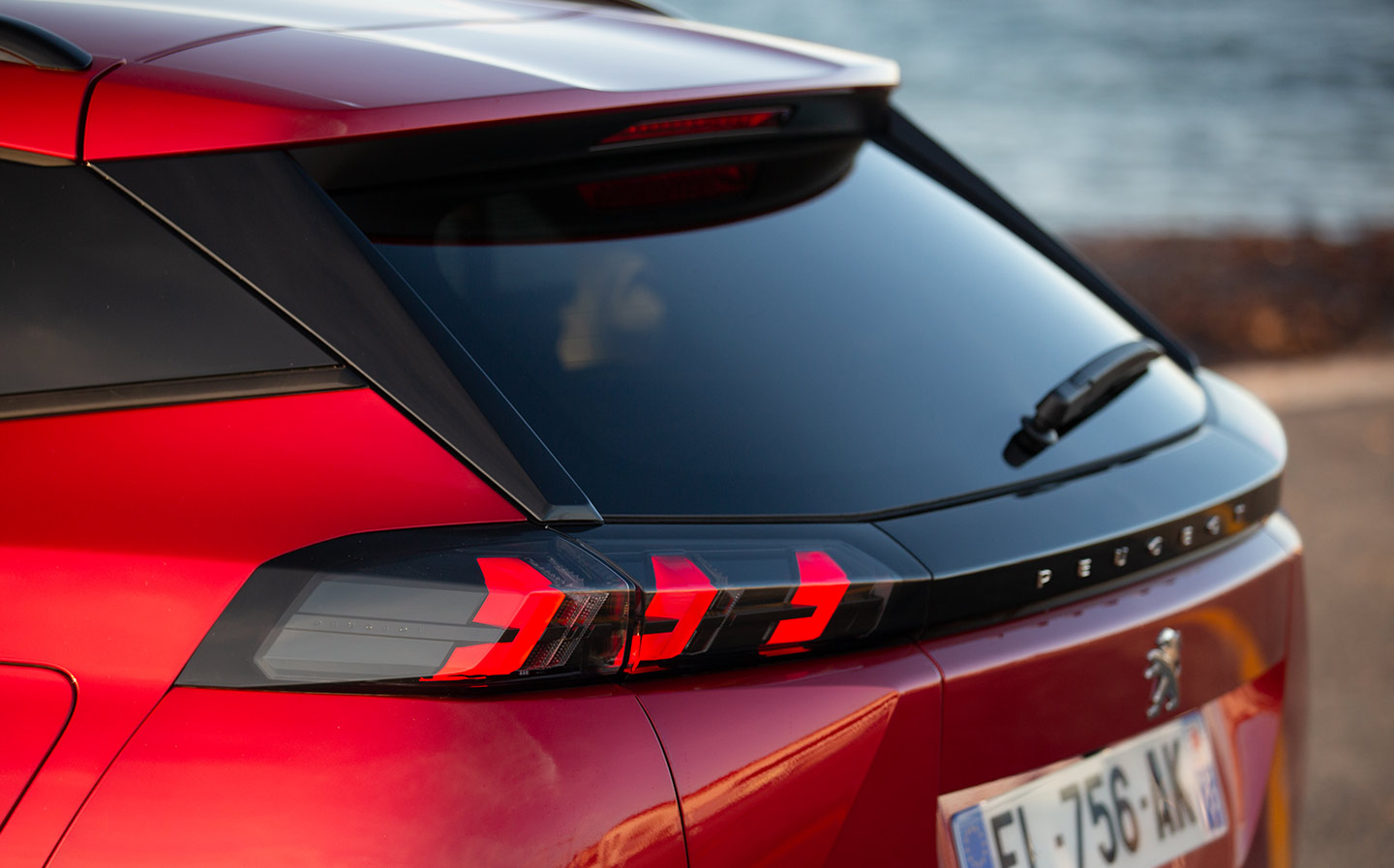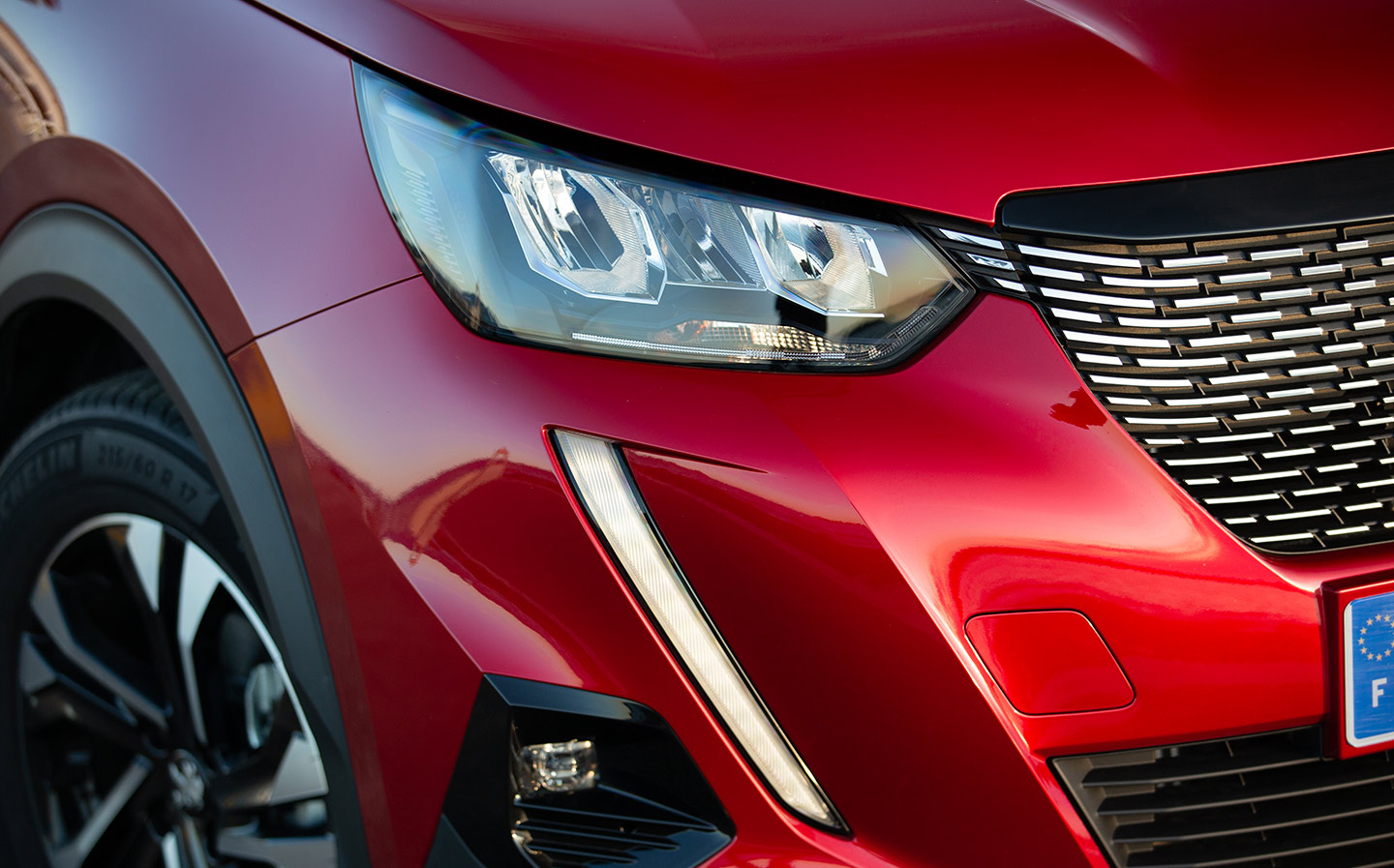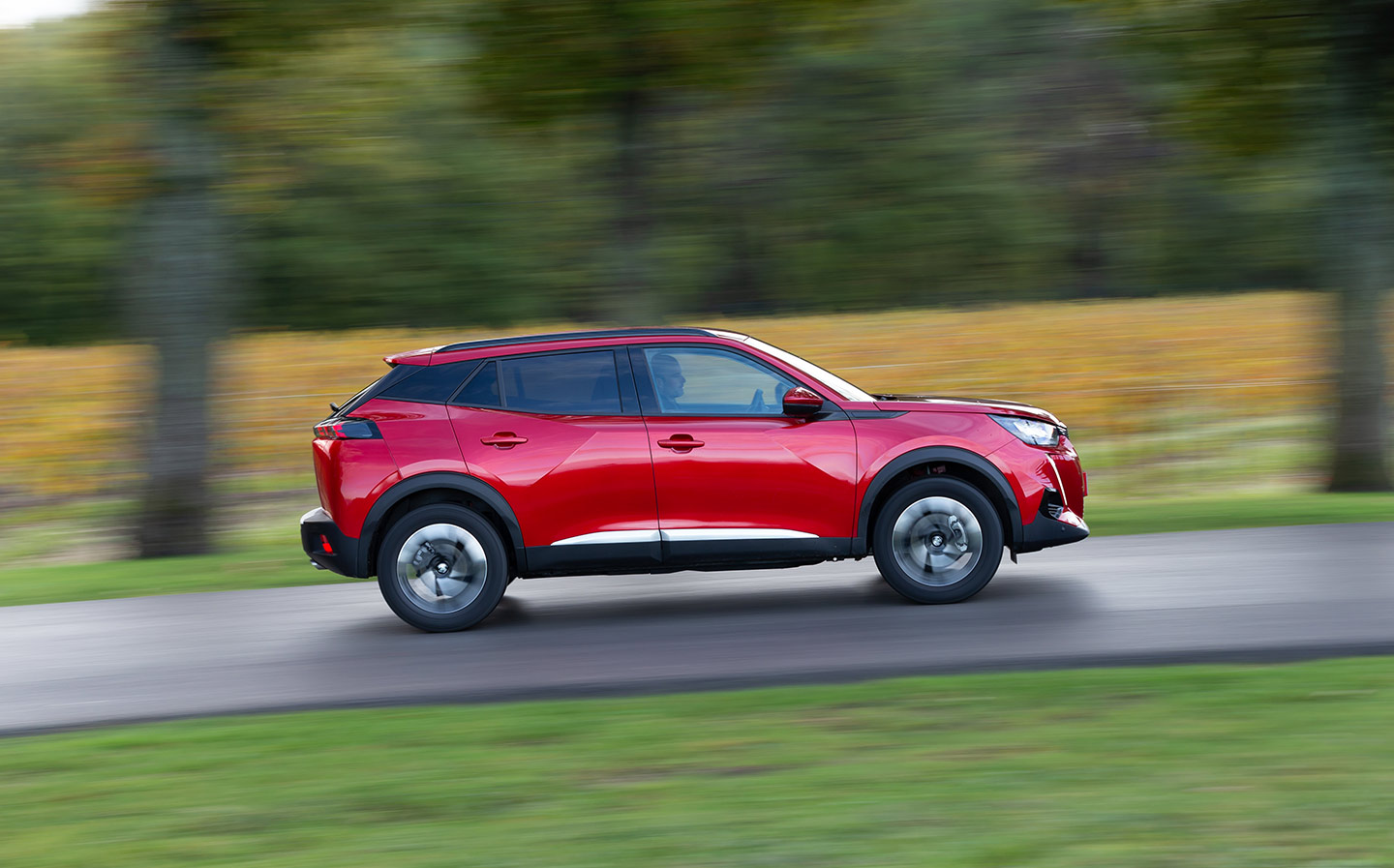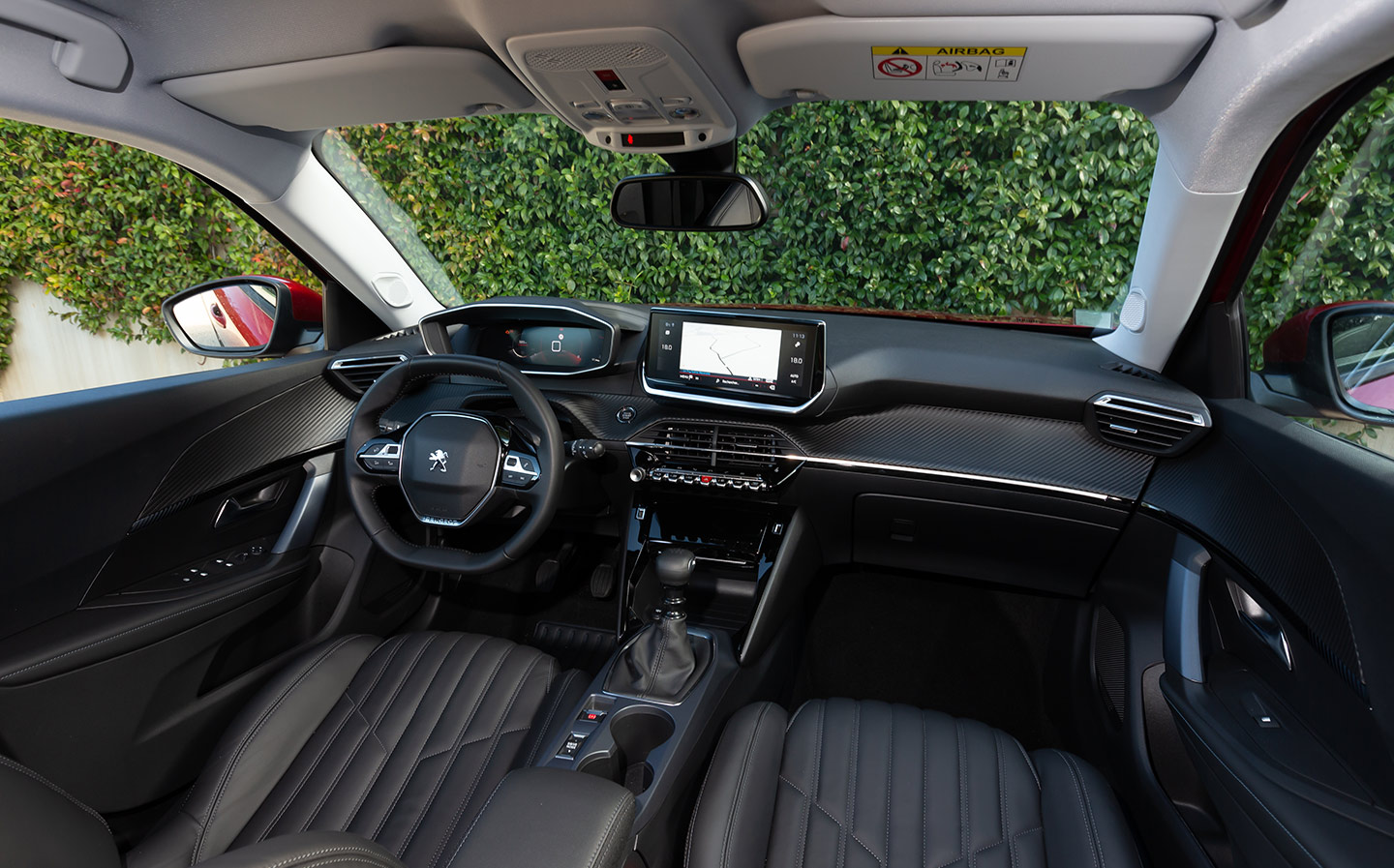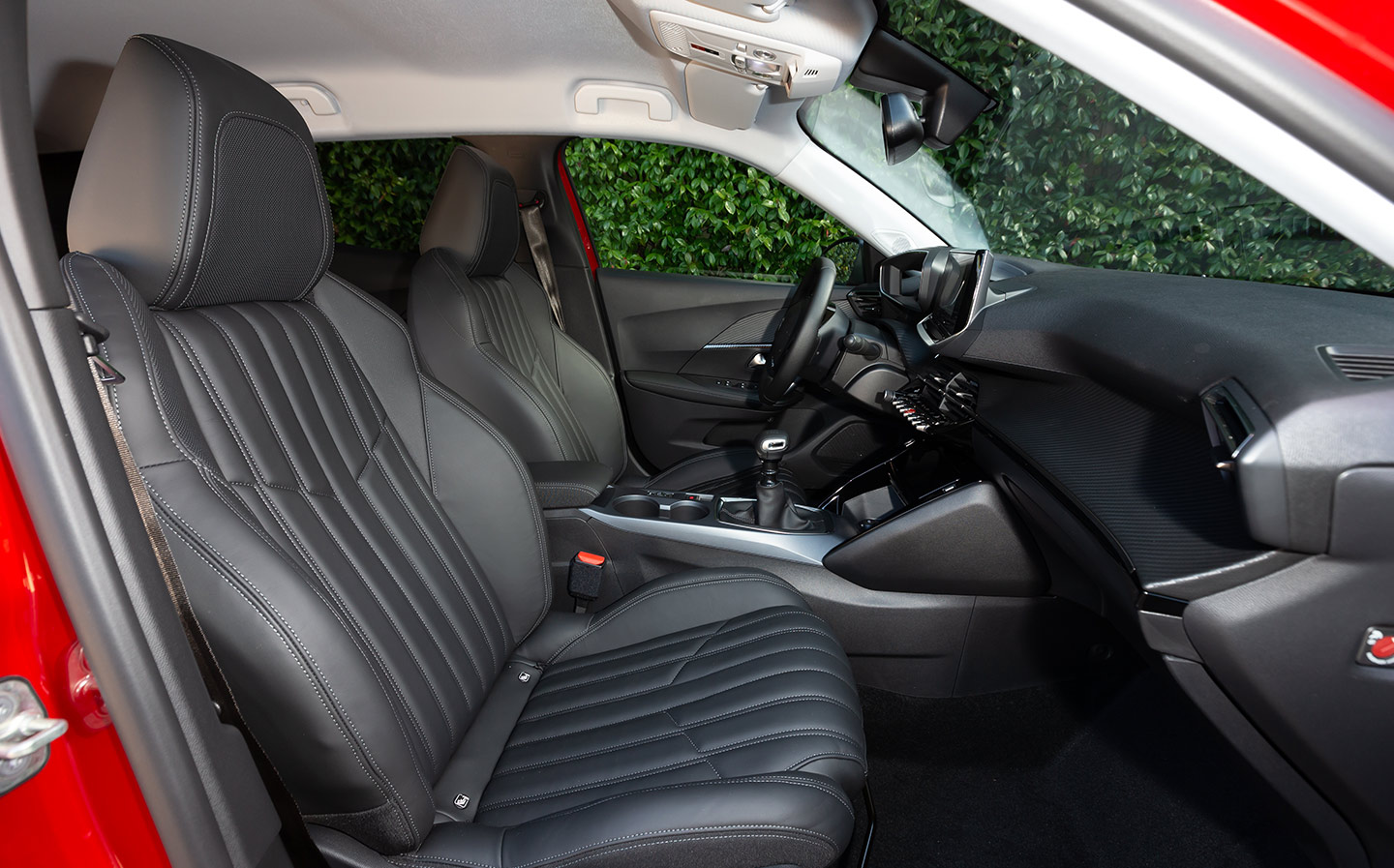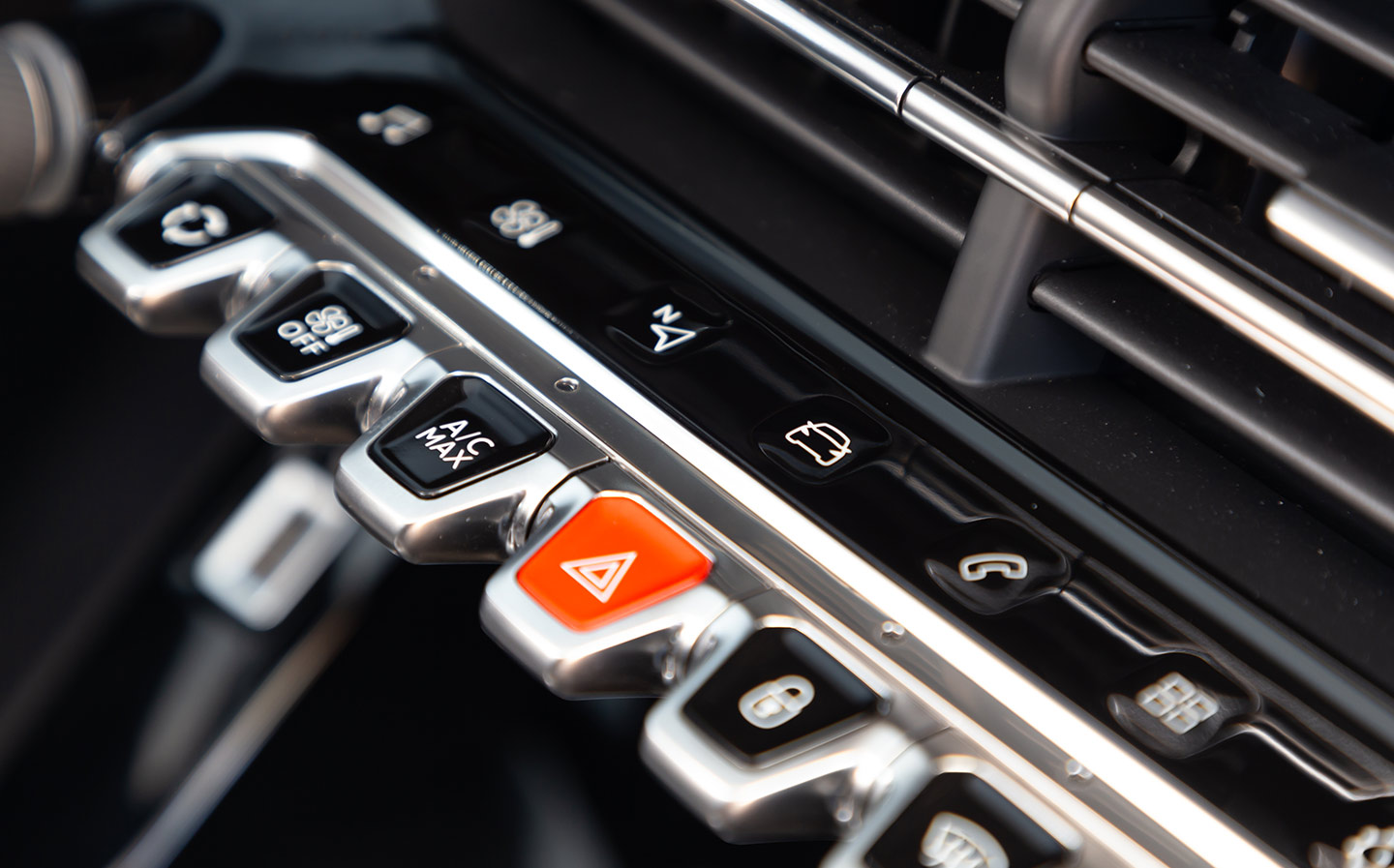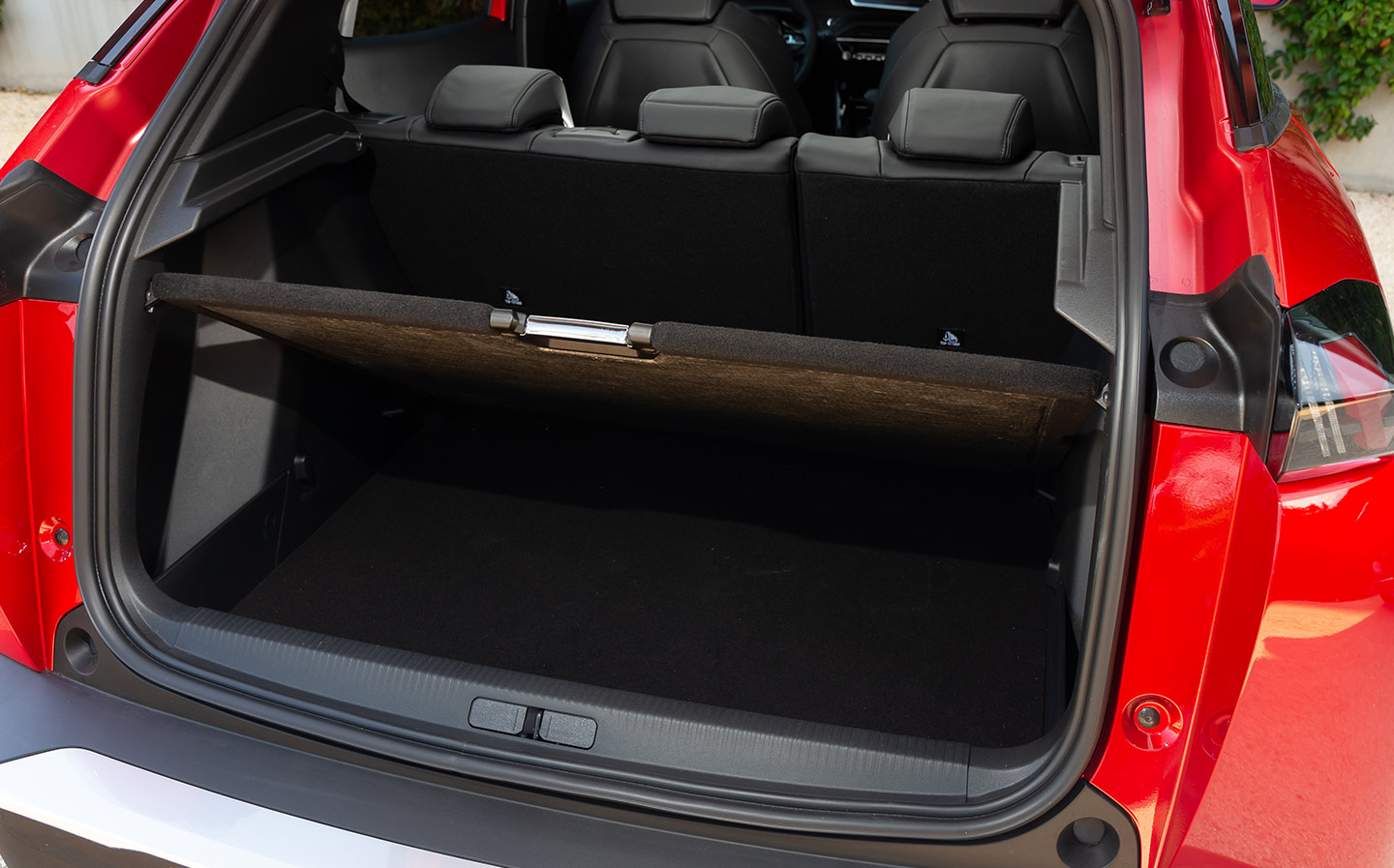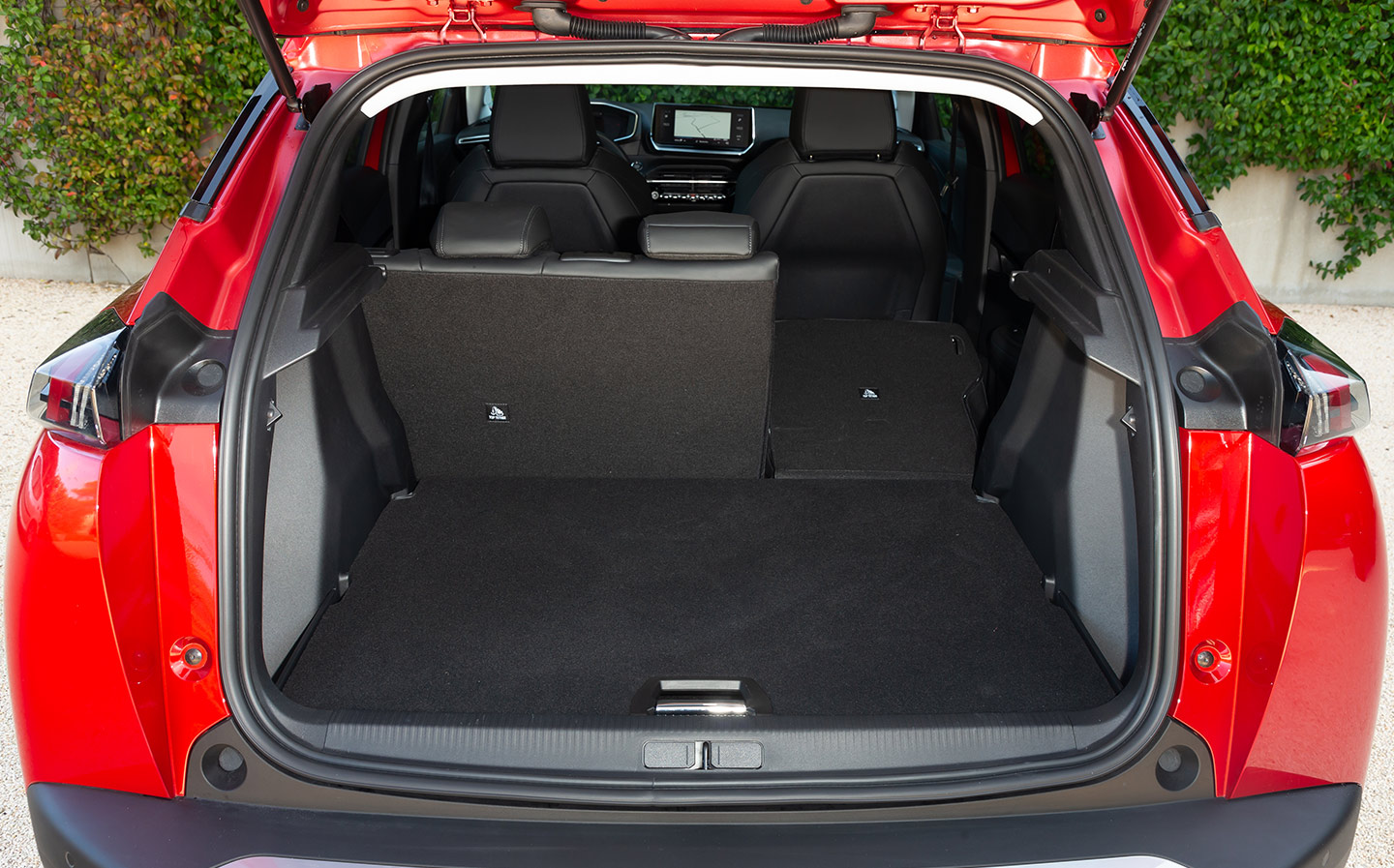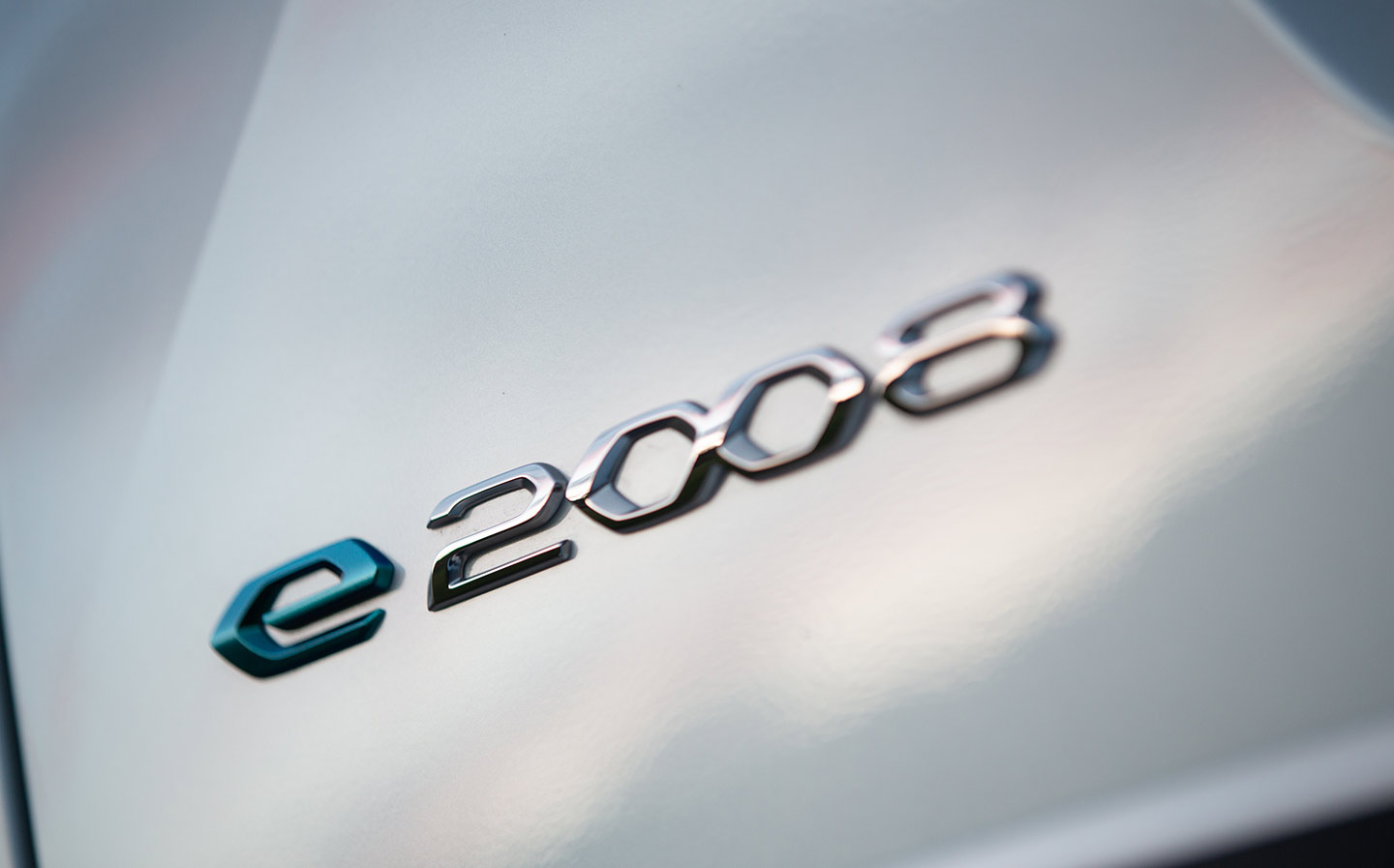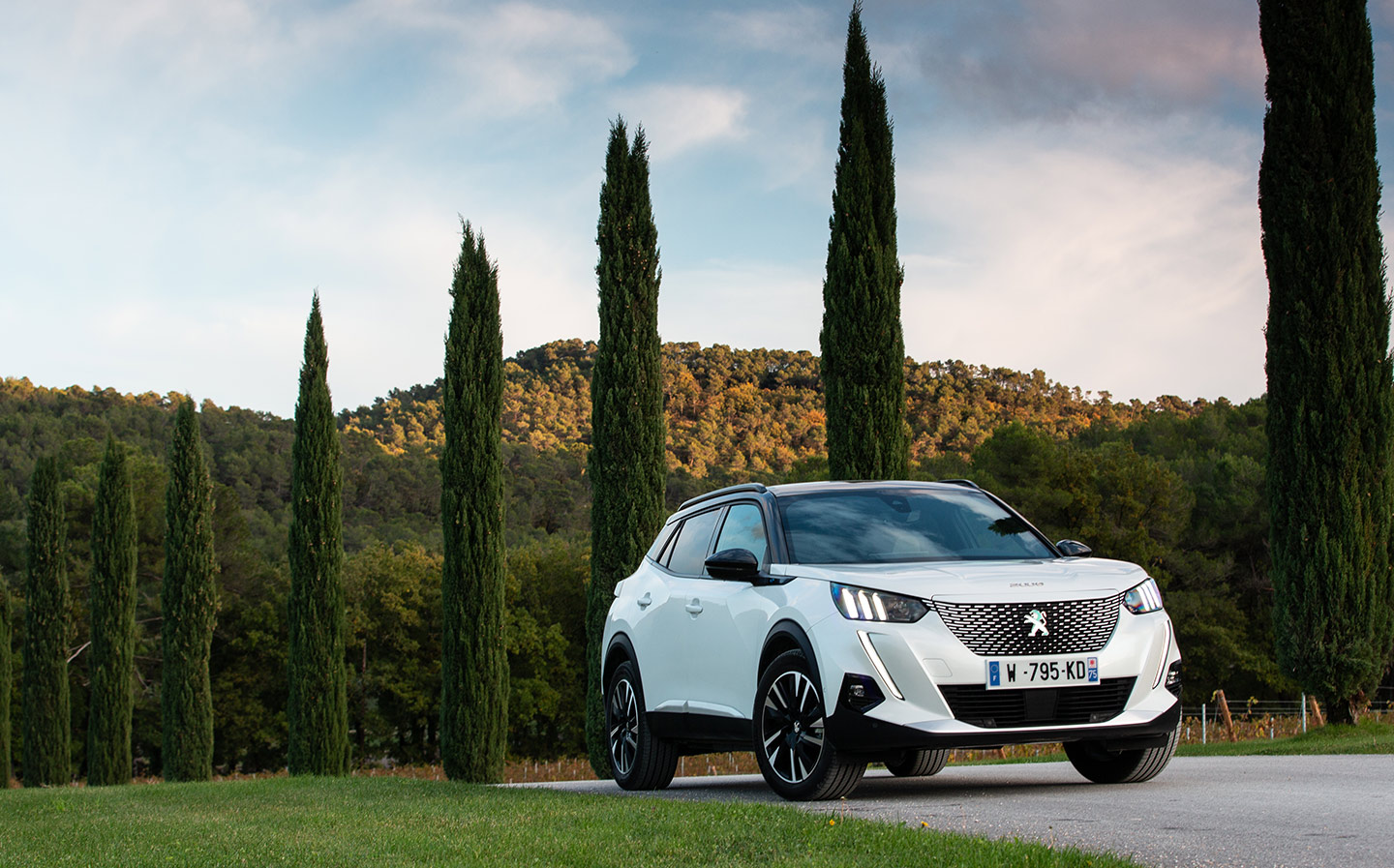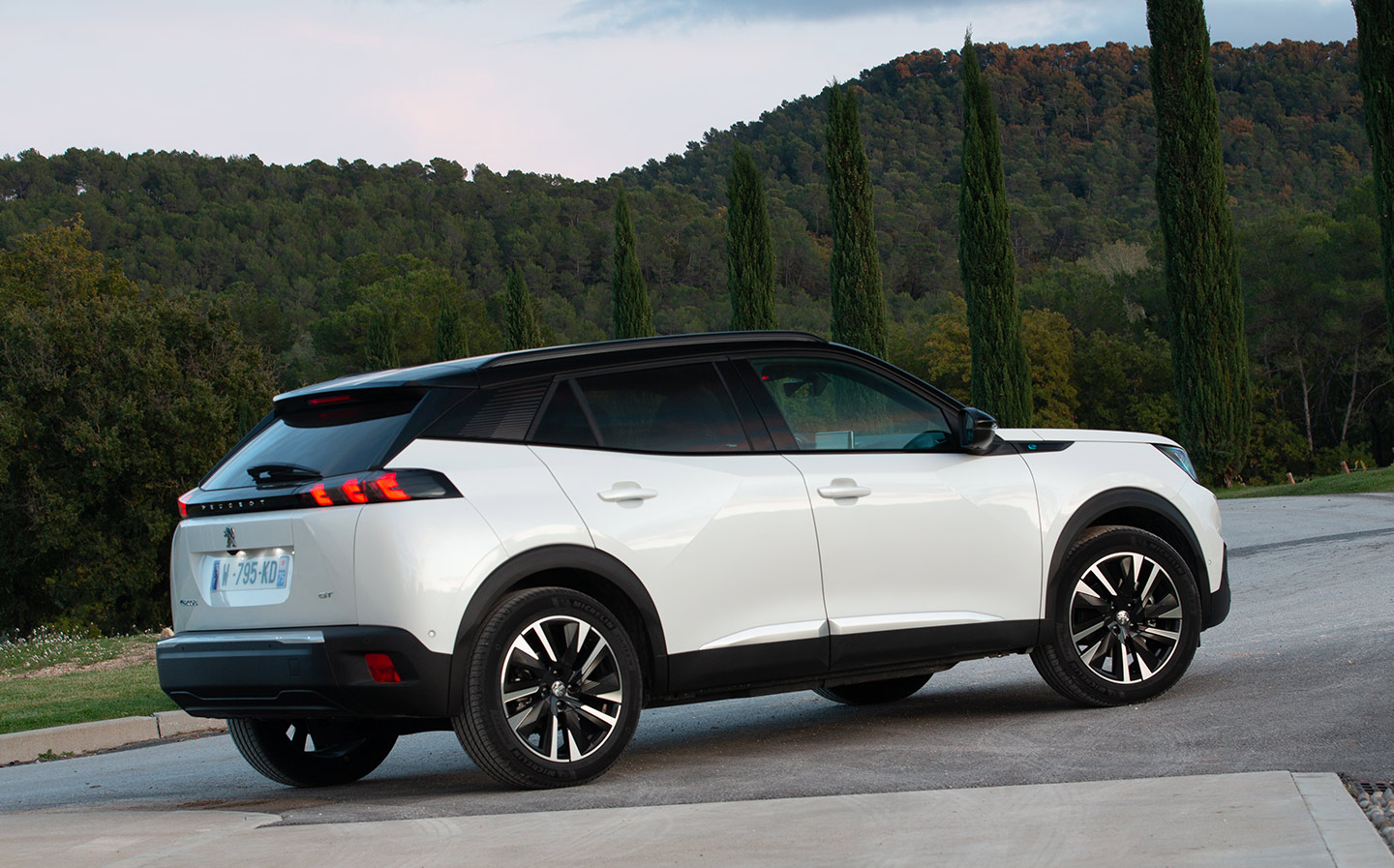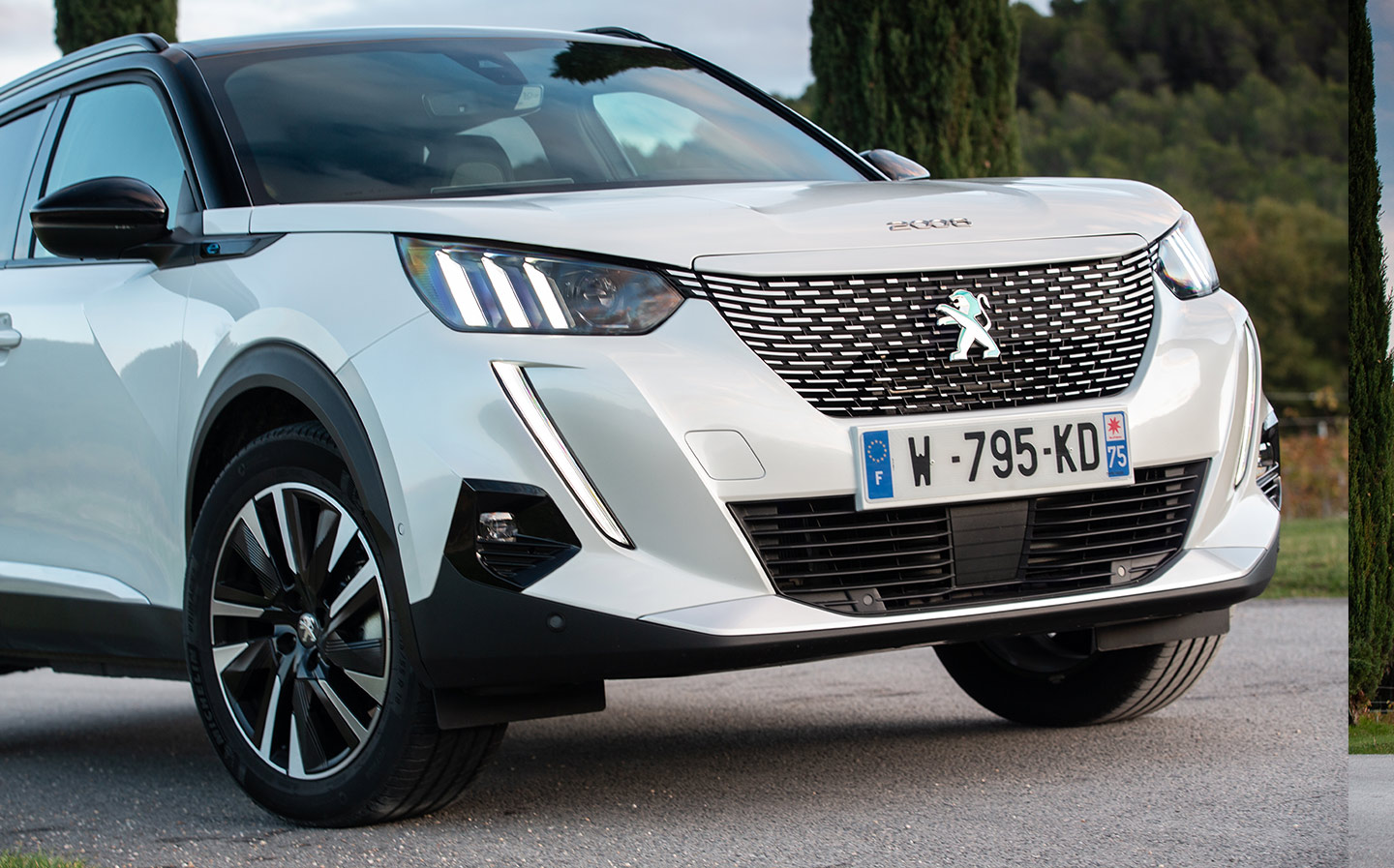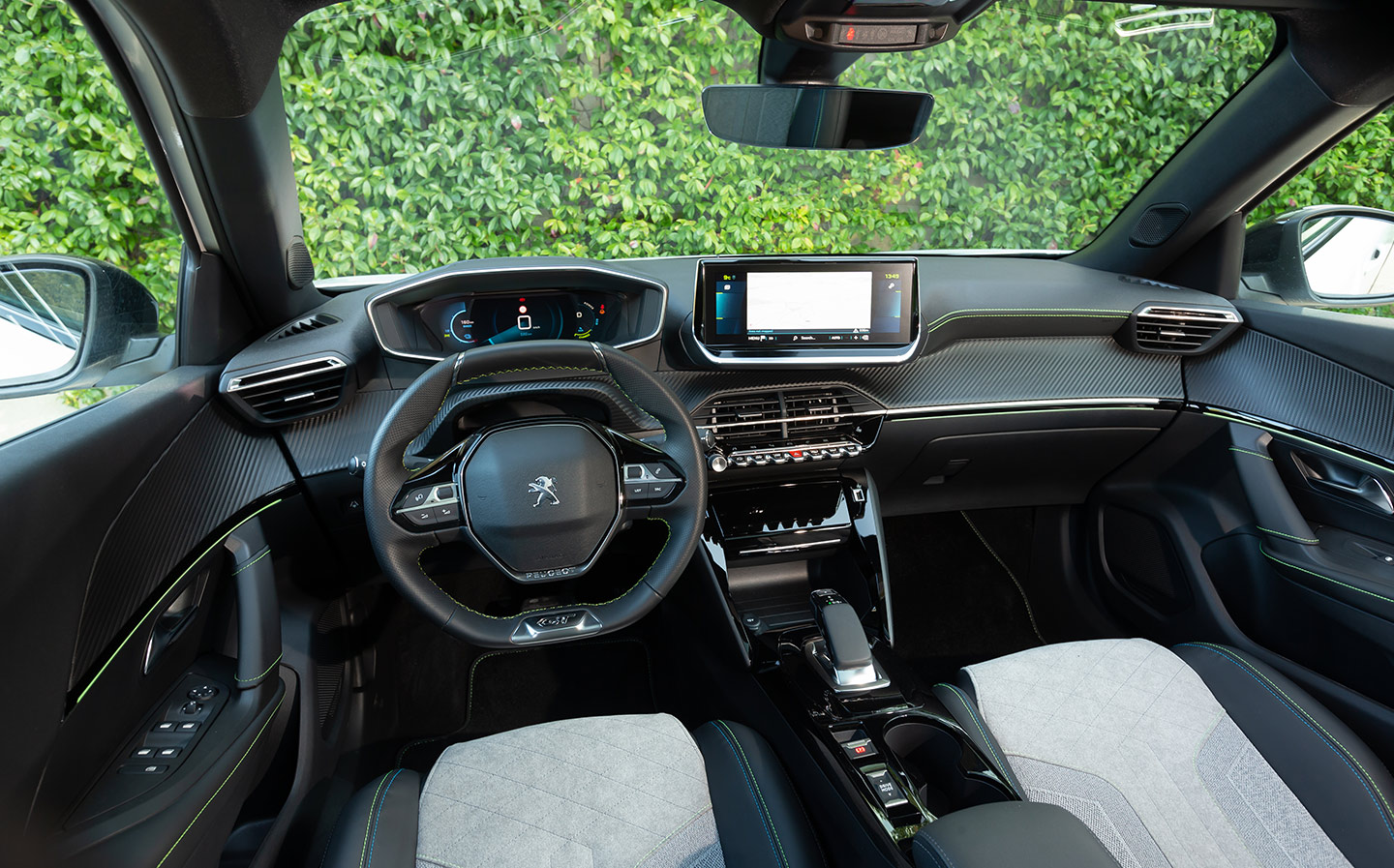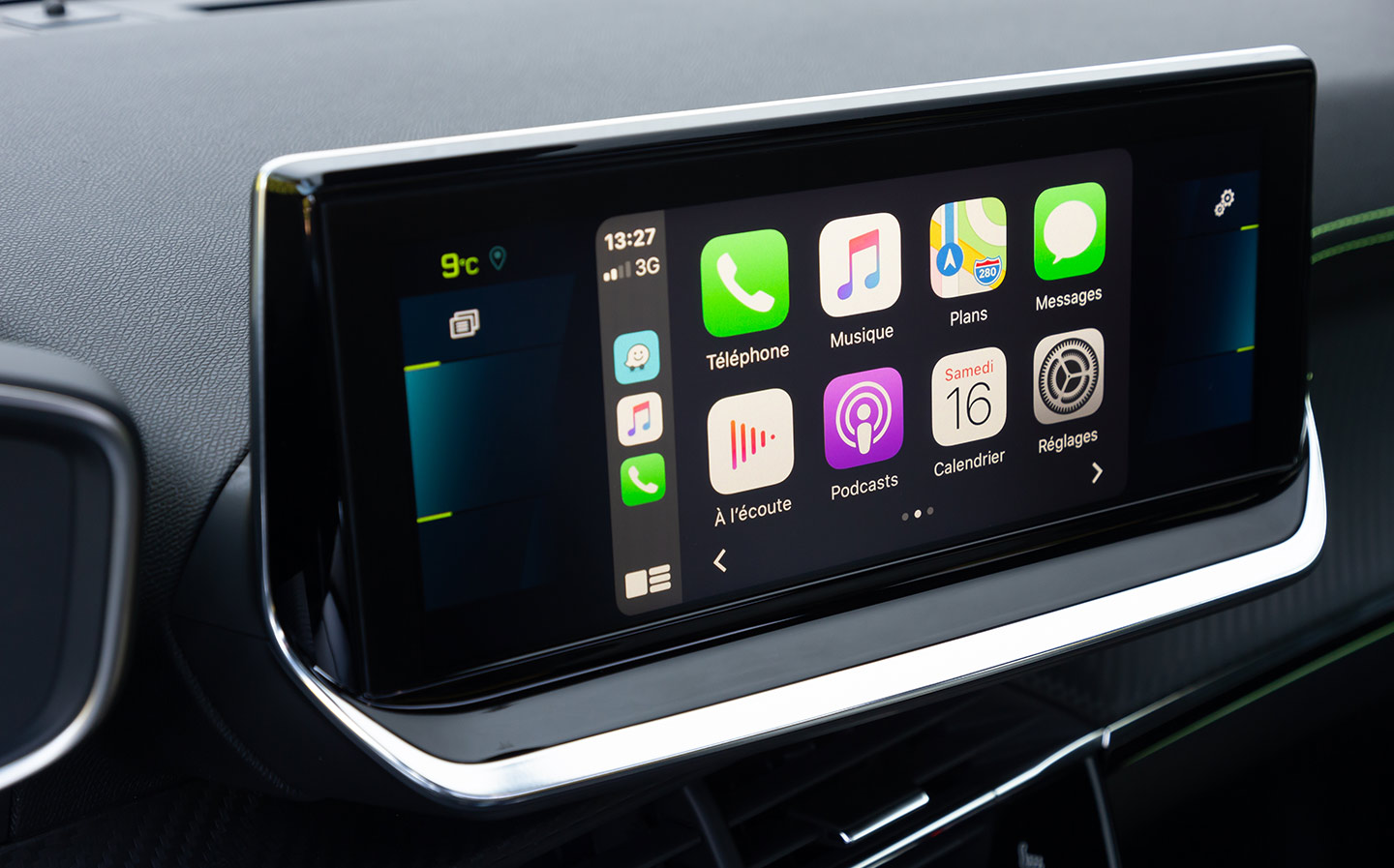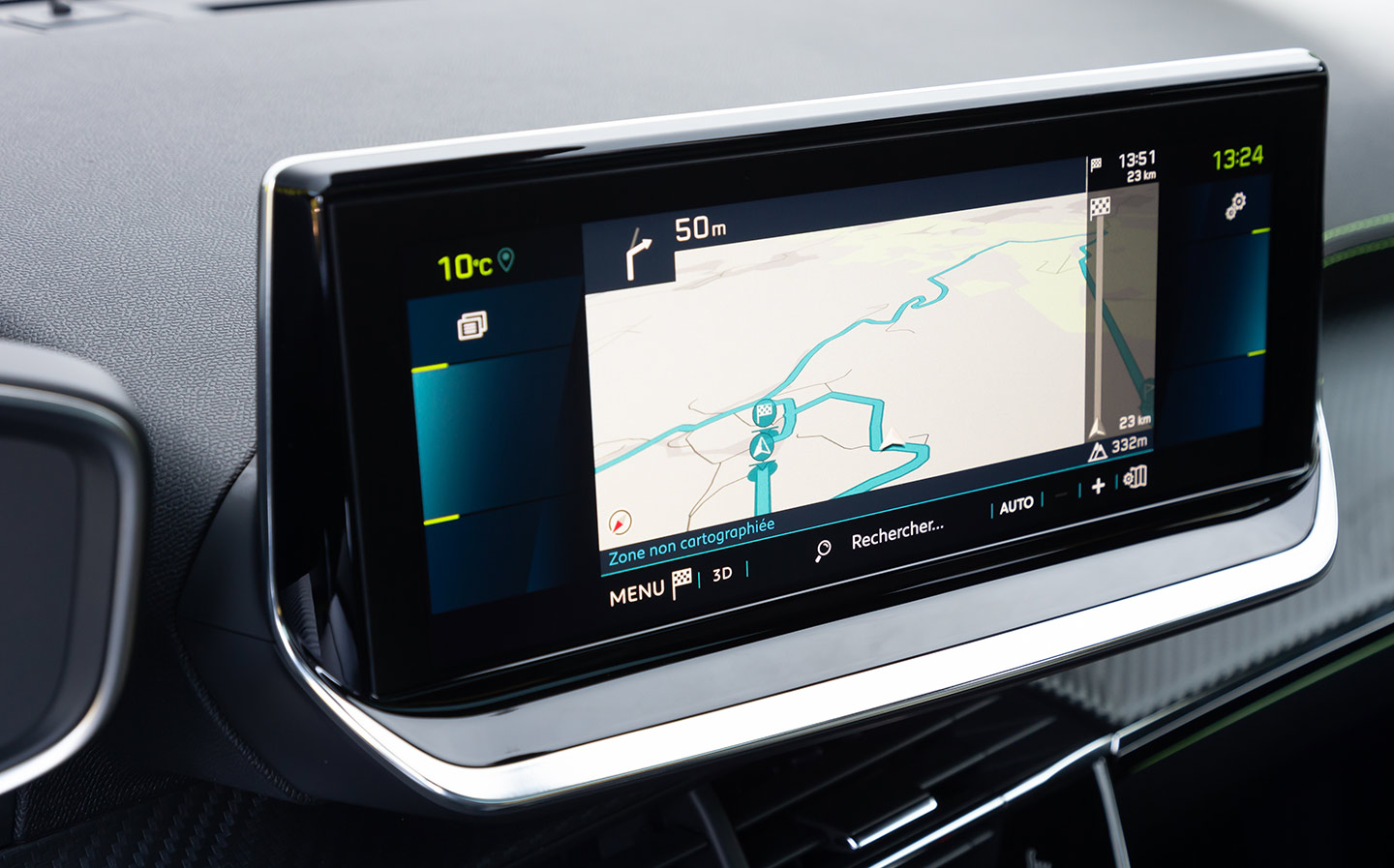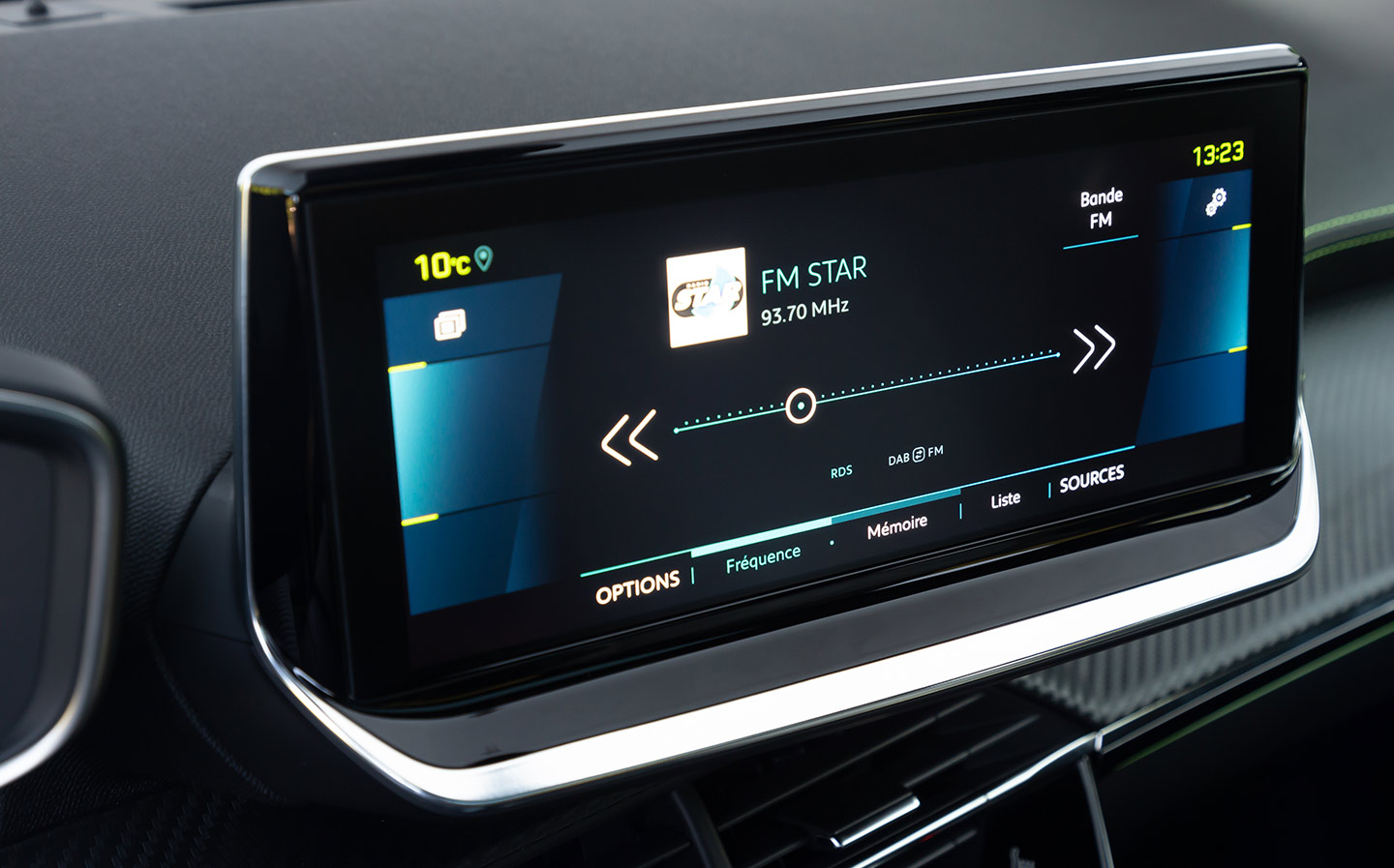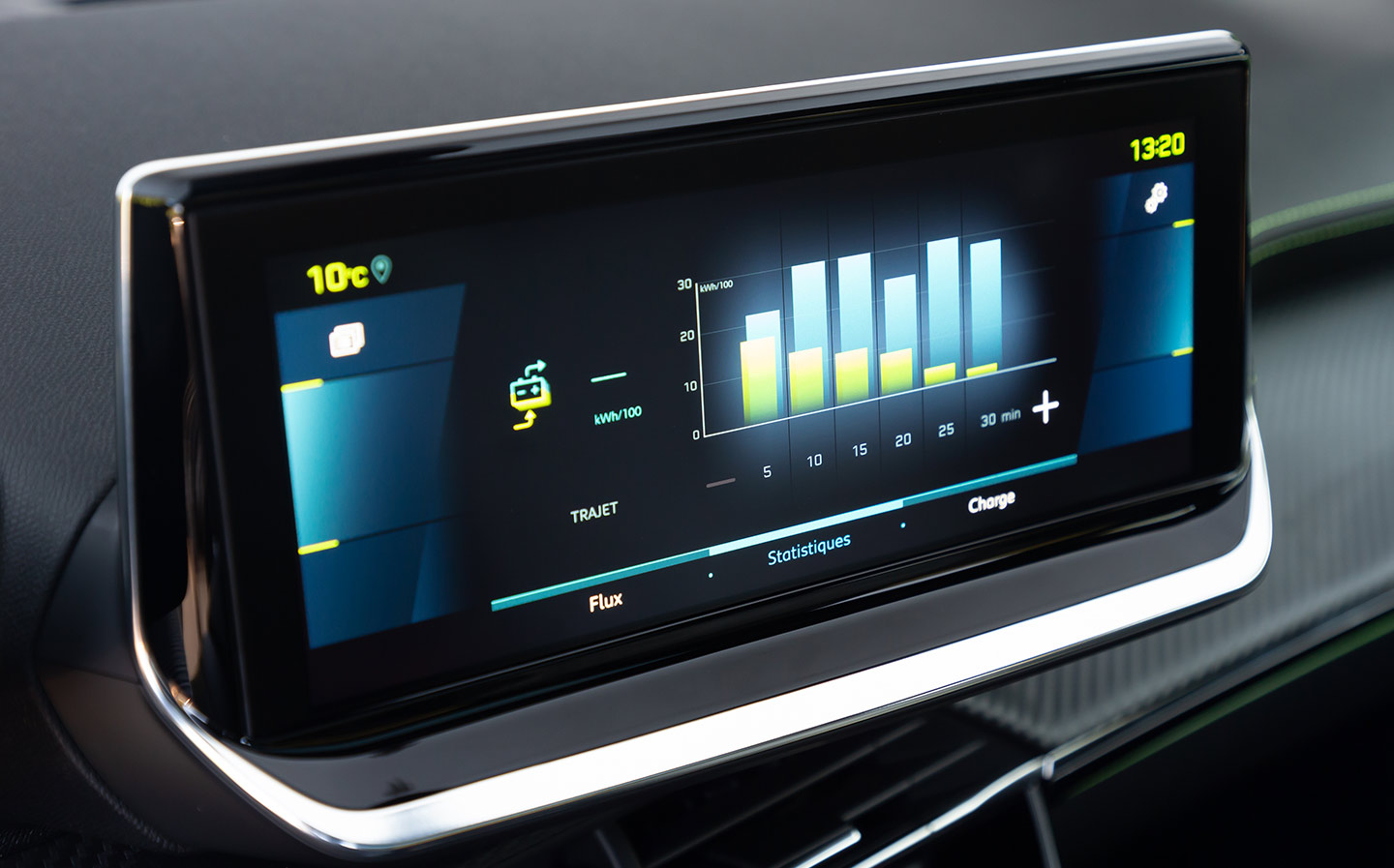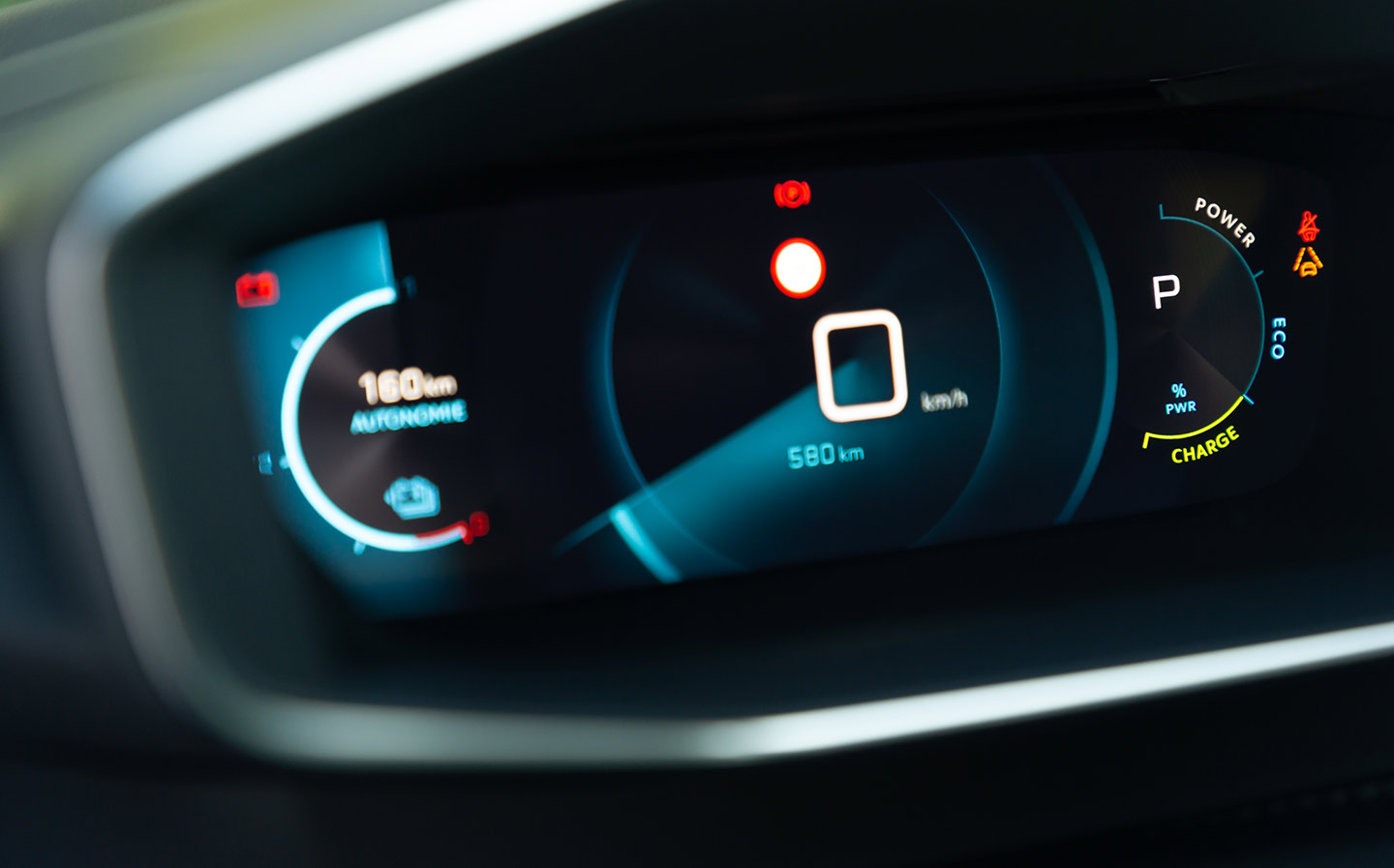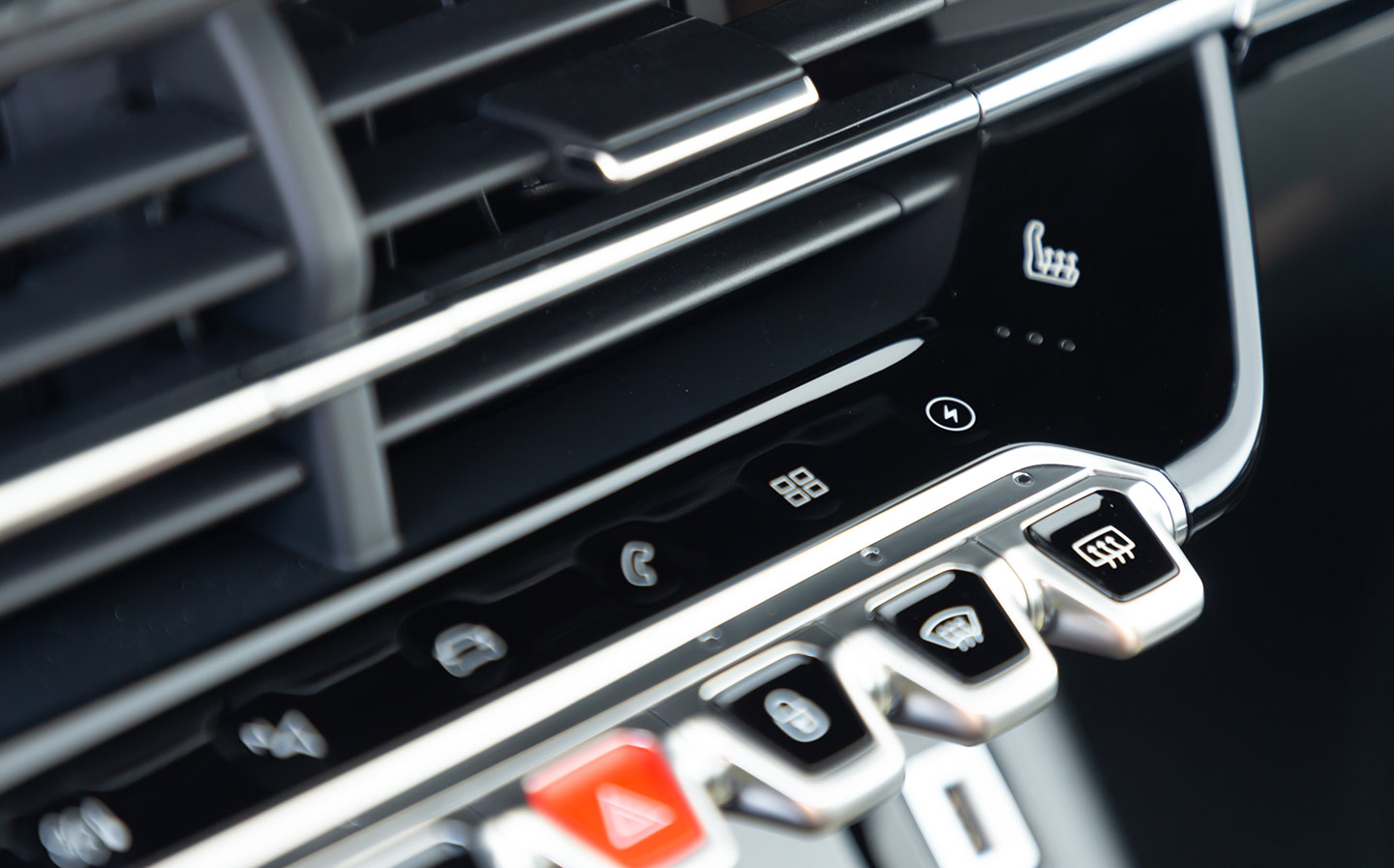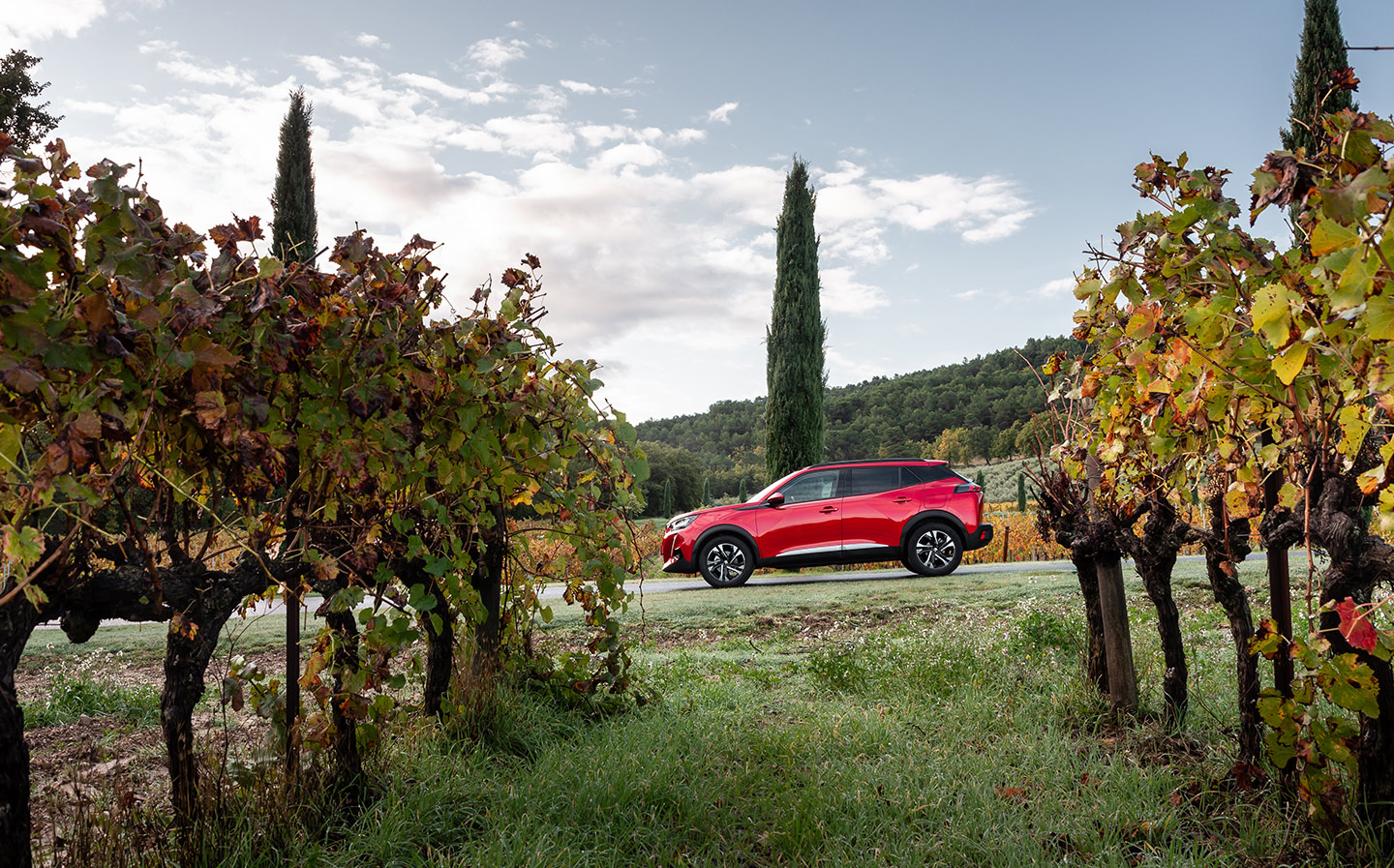2020 Peugeot 2008 and e2008 review
Petrol, diesel or electric — you decide
LIKE PRETTY much every car maker, Peugeot is rolling out electric cars. But the French brand’s approach is refreshingly different: rather than create bespoke pure-electric models it is telling customers, “Choose your Peugeot, choose your powertrain.”
This means you will be able to walk into a dealer and find the model you like, then decide whether it should be petrol, diesel, or pure-electric or plug-in hybrid (depending on the model). Peugeot’s approach to electrification is a bit like Jeremy Corbyn’s approach to Brexit: “Don’t ask us – you decide.”
The second Peugeot model to follow this strategy is the 2008 crossover, which follows the 208 supermini on which it’s based. You can pick up the all-new 2008 with a choice of three petrol engines (the same 1.2-litre unit tuned for 99bhp, 129bhp or 153bhp), one 101bhp 1.5-litre diesel engine or a 136bhp electric motor, the latter getting “e-2008” badging.
And whether you go for petrol, diesel or pure-electric, there are almost no restrictions on trim level: all three can be had in entry-level Active, mid-spec Allure or high-end GT Line trims. Only the range-topping GT grade doesn’t come with a diesel option; its 153bhp petrol or electric only for those after the ultimate spec of 2008.
All of which explains why the e-2008 doesn’t get its own review page on Driving.co.uk – if Peugeot is treating it as one variant of the 2008 range, so will we.
There are a couple of stylistic differences that mark out the electric model from the fossil-burners, though, most notably the body-coloured grille, but also the Peugeot Lion emblem gets a special “dichroic” treatment, meaning it changes from blue to green, depending on how it catches the light. There’s also an “e” badge on the front wings, and GT models get unique three-tone upholstery with Alcantara inserts, but other than that the cars are visually identical.
And it’s a fairly attractive compact SUV design on the outside, with Peugeot’s characteristic lion tooth vertical LEDs framing its mouth, particularly fetching front and rear light clusters, and a Volvo XC40-esque uptick to the door line at the rear of the car. We wouldn’t call the new 2008 the most aesthetically-arresting car, though – the latest SsangYongs are no less attractive (which is more a compliment to SsangYong than a Peugeot diss).
Open the door, though, and you can’t help but be very impressed by the 2008. Peugeot’s iCockpit is a lovely thing to look at, with its shrunken kart-like steering wheel, raised instrument cluster and piano key switches on the centre console. It’s highly distinctive – a quality for which French car makers have been known forever, for better or worse. The quality of the fit and finish is good, too, and Peugeot has included a decent mix of materials.
As with the 208, the 2008 gets a very smart digital driver’s display with dual layer graphics (on Allure trim up), which gives a 3D effect — particularly impressive when using the navigation system. The display isn’t as customisable some other digital instrument binnacles, though, (I’m thinking particularly of the new VW Golf in particular) and it’s annoying that the trip computer readout disappears a few seconds after you’ve pressed the button to bring it up on the menu.
The central touchscreen is also good-looking but slightly fiddly to use — if you want to change the temperature you have to leave the display you’re looking at, for example — but it’s not the worst user interface we’ve come across, and the piano keys allow quick navigation between menus. What’s more, Apple Carplay and Android Auto are standard across the range.
The front seats score highly for comfort, particularly in GT Line and GT grades, which hold you better, though we found ourselves sliding around a little on the Nappa leather trim. The best combination is in the GT version of the e-2008, with the three-tone effect and Alcantara boosting both the look and feel.
Sadly, as with the 208, the iCockpit layout isn’t as ergonomically successful in the compact 2008 as it is in larger models, and tall drivers will find their knees high up around the base of the steering wheel. Those climbing into the passenger seat will feel similarly oddly positioned, with their knees up high in relation to the hips. And having size 13 (UK) feet, I found there’s limited space in the footwell for easy access to the pedals.
In the back, leg and head room is tight but no more so than other cars in this class, and there should be plenty of room for children in forward-facing seats and highback boosters.
The boot is fractionally smaller than the VW T-Roc’s with the rear seats up (434 litres vs 445 litres), but with them folded down there’s a good chunk more than you’ll find in the VW (1,467 litres ve 1,290 litres).
The Peugeot’s boot has a flat floor, too, making it easier to slide object in and out, and underneath there’s space for odds and ends – or charging cables in the case of the e-2008. Peugeot says there’s no sacrifice in interior space between the electric and internal combustion engine versions.
The electric model is around 300kg heavier, though, and out on the road you can feel that extra heft. Peugeot has tuned the suspension of each variant depending on weight, and the petrol, diesel and electric models all felt lively but composed.
Much to my relief, the horrendously stiff ride and fidgety handling of the 208 and e-208 were nowhere to be found — the 2008 and e-2008 are surprisingly nimble, grippy, fun cars to drive. Of course, the extra suspension travel over the supermini makes the SUV more susceptible to body roll, but it’s kept in check and the damping makes the ride just pliant enough.
One Israeli journalist disagreed and asked the chief engineer during our briefing near Aix-en-Provence if “Peugeot does not care about ride quality”. The rest of us were a bit surprised that he had come to this conclusion; I assumed he must have not have driven the 208. It was no surprise when word came in the following day that the local gendarmes had taken away his licence for … we know not what, sadly. Launching the car off speed humps, perhaps.
I can also report that the six-speed manual had a pleasant feel; the eight-speed auto never found itself in the wrong gear, and proved quick-witted when shifting cogs; and the e-2008 was swift (if not lightning quick compared to some other electric cars), quiet and refined.
The biggest problem for the 2008 and, to an even greater extent the e-2008, is that the compact SUV segment is so very hotly contested. Rivals from the Volkswagen Group (namely the VW, Seat and Skoda brands), Ford and Renault, with the new Captur, are producing some very decent products that arguably offer more comfort and tech at least on a par with the Peugeot, for the similar or less money.
And if you compare the price, range and power of the e-2008 against the Kia e-Niro (see below) and Hyundai Kona Electric, the plug-in Peugeot doesn’t make a huge amount of sense – other than that deliveries of the e-2008 will start in April while Kia and Hyundai are dealing with 12-month waiting lists, following overwhelming interest and a supply bottleneck from their factory Korea.
So the 2008 and e-2008 are probably decent alternatives rather than top-of-the-pile crossovers, but owners won’t be disappointed with the cars’ build quality, kit levels, character, ride and handling. Peugeot should also be applauded for not treating electric cars as anything unusual, instead taking a netural stance and offering a choice of power to its customers.


